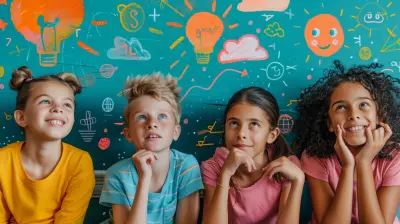The Power of Positive Reinforcement in Classroom Management
31 July 2025
We’ve all had that one teacher who made us feel like we could climb Everest with a pencil and notebook. They didn’t just yell or threaten detentions—they had this almost magical way of making us want to behave, participate, and do our best. Ever wondered why that worked?
Welcome to the world of positive reinforcement, one of the most powerful tools teachers can use to manage a classroom effectively, and more importantly, to inspire students.
In this article, we’ll dive deep into what positive reinforcement really is, how it shapes behavior, why it works wonders in the classroom, and how you (or any educator) can apply it practically. So, if you’re a teacher, a future educator, or even a curious parent trying to understand the game plan in modern classrooms—stick around.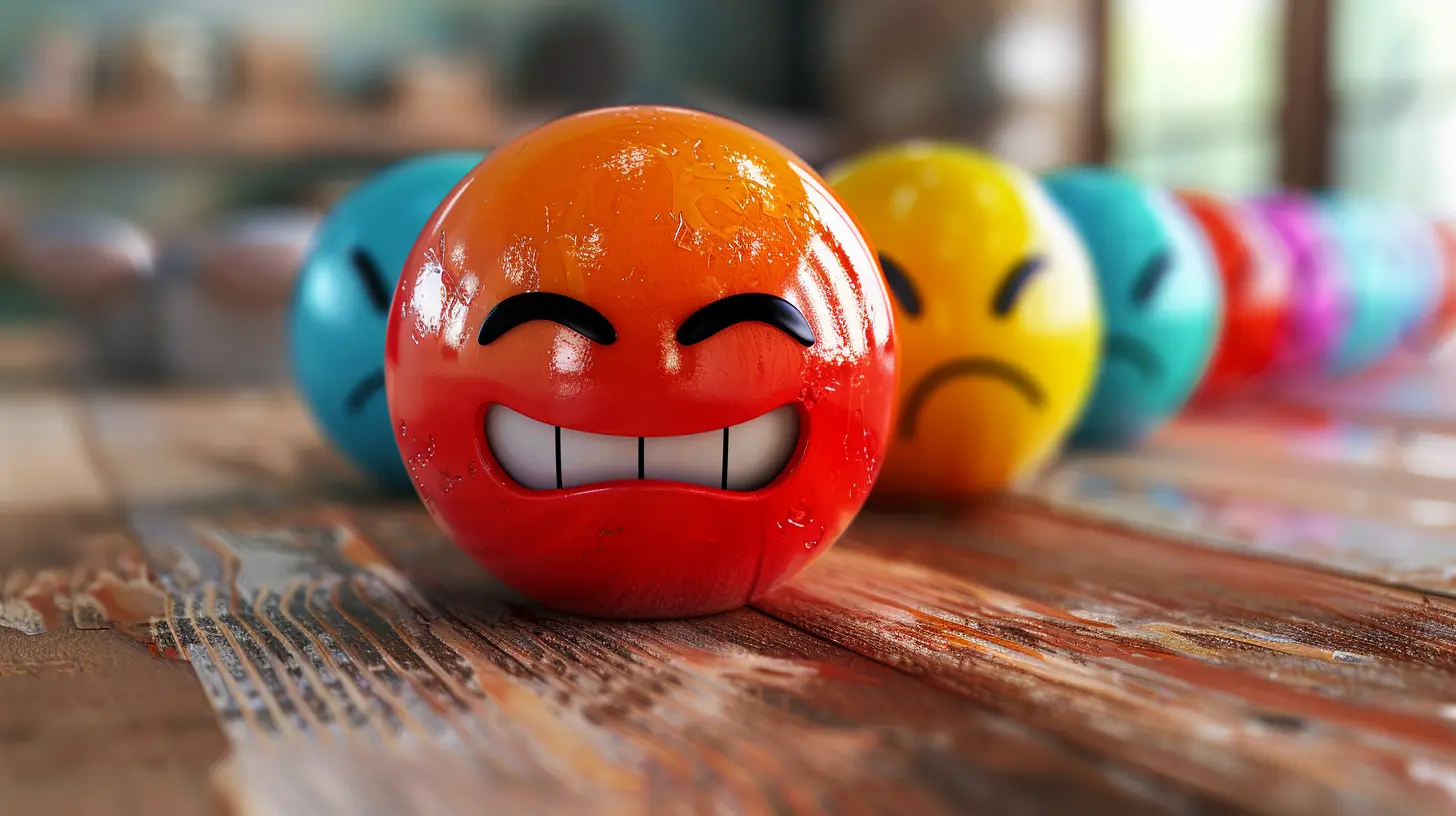
What is Positive Reinforcement, Really?
Let’s break it down simply. Positive reinforcement is a strategy used to encourage good behavior by offering a reward when that behavior is exhibited. It's kind of like when you train a puppy—give it a treat when it sits on command. But here, instead of treats, we’re talking verbal praise, extra recess time, or even a smile. Instead of puppies, we’re working with kids, teens, and sometimes even adults (because hey, we all love a little recognition, right?).B.F. Skinner, a famous psychologist, first introduced the term as part of his work on operant conditioning. But don’t worry—we’re not going into a psychology lecture. Just know this: behavior followed by a rewarding consequence is more likely to be repeated.
Sounds simple? That’s because it is. But implementing it effectively in a classroom—that takes intention and strategy.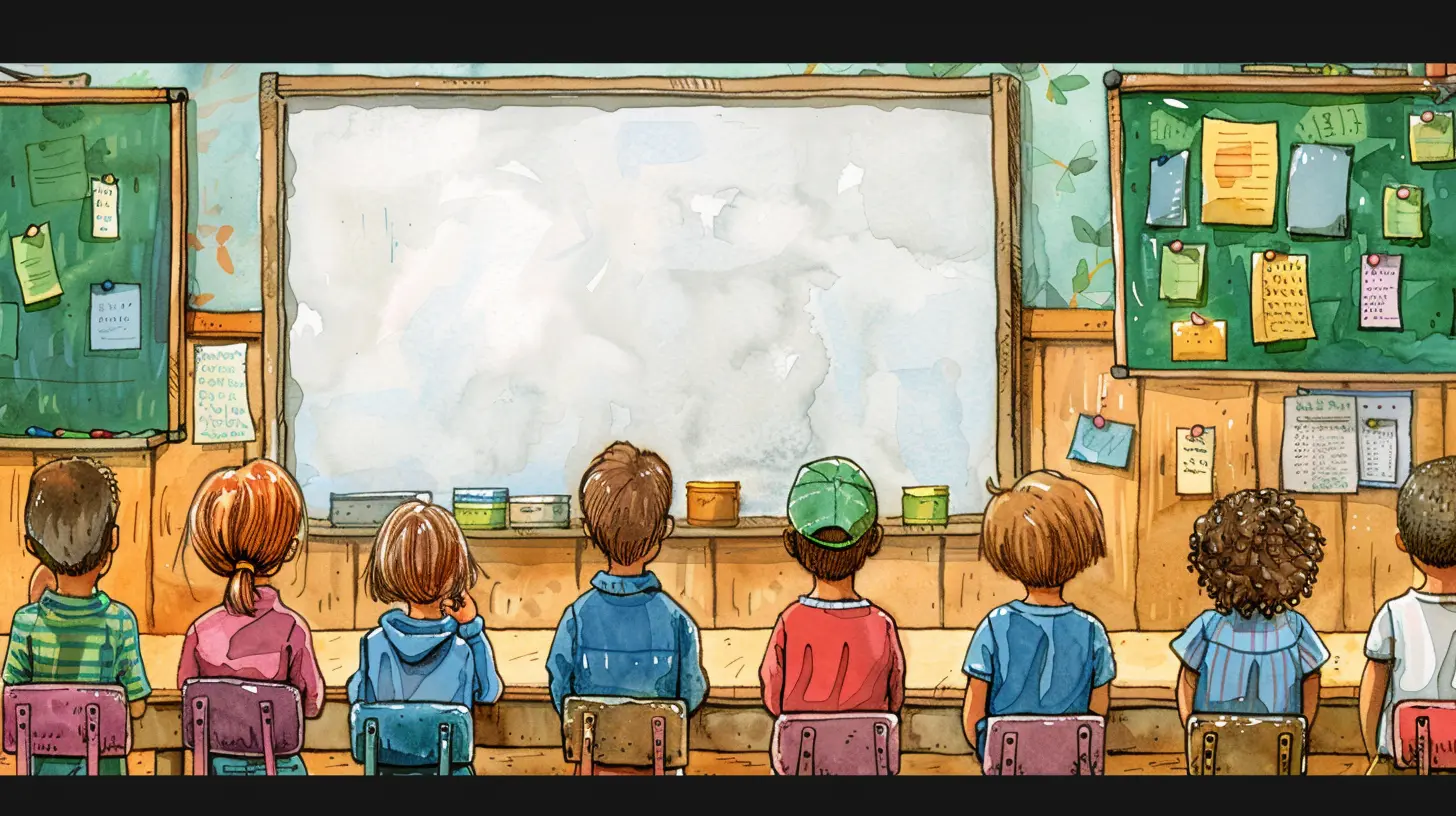
Why Classroom Management is More Than Just “Control”
Let’s get something straight—classroom management is not about keeping the class quiet or making students fear you. That may have worked twenty years ago (barely), but today’s classrooms are smarter, more inclusive, and focused on emotional well-being.Good classroom management creates a space where students feel:
- Safe
- Respected
- Motivated
- Encouraged to take risks
Positive reinforcement isn’t just a “nice thing to do” — it’s the secret ingredient to building this kind of environment.
When students are acknowledged for doing the right thing, they tend to do more of it. They feel seen. They realize effort equals reward. And let’s face it—you’re more likely to keep behaving if someone cheers you on than if they constantly criticize you.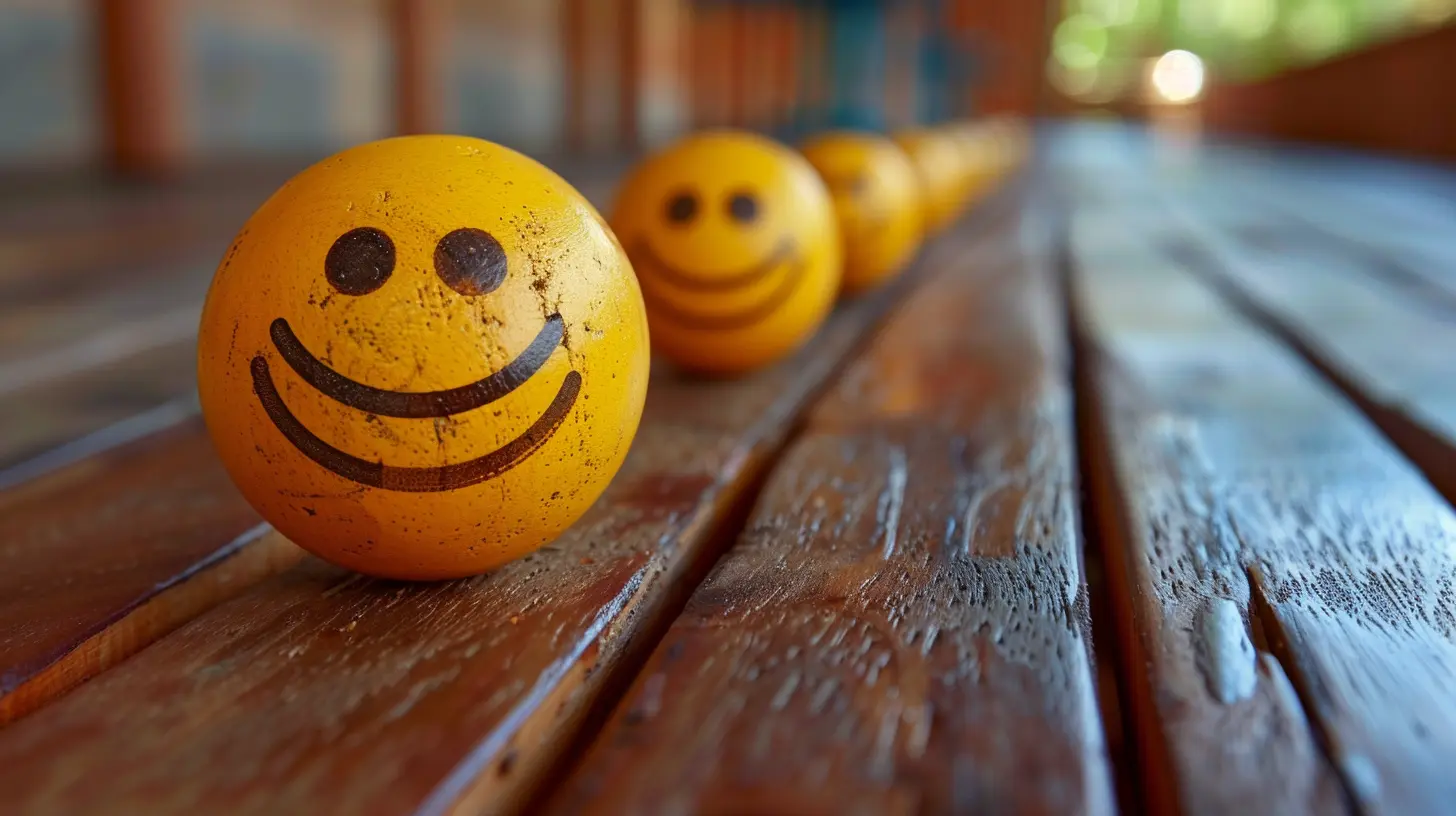
The Science Behind It: How Positive Reinforcement Shapes Behavior
Think of the brain as a sponge combined with a reward-seeking missile. When kids get something desirable (like praise or a sticker) for an action (like finishing homework or helping a peer), their brain lights up with a feel-good chemical called dopamine.It’s like the brain saying, “Hey, that felt good—let’s do that again!”
Over time, this leads to habit formation. Students begin:
- Following instructions without prompts
- Taking responsibility
- Collaborating better with peers
It becomes internalized. That’s the long-term goal—turning good behavior into second nature.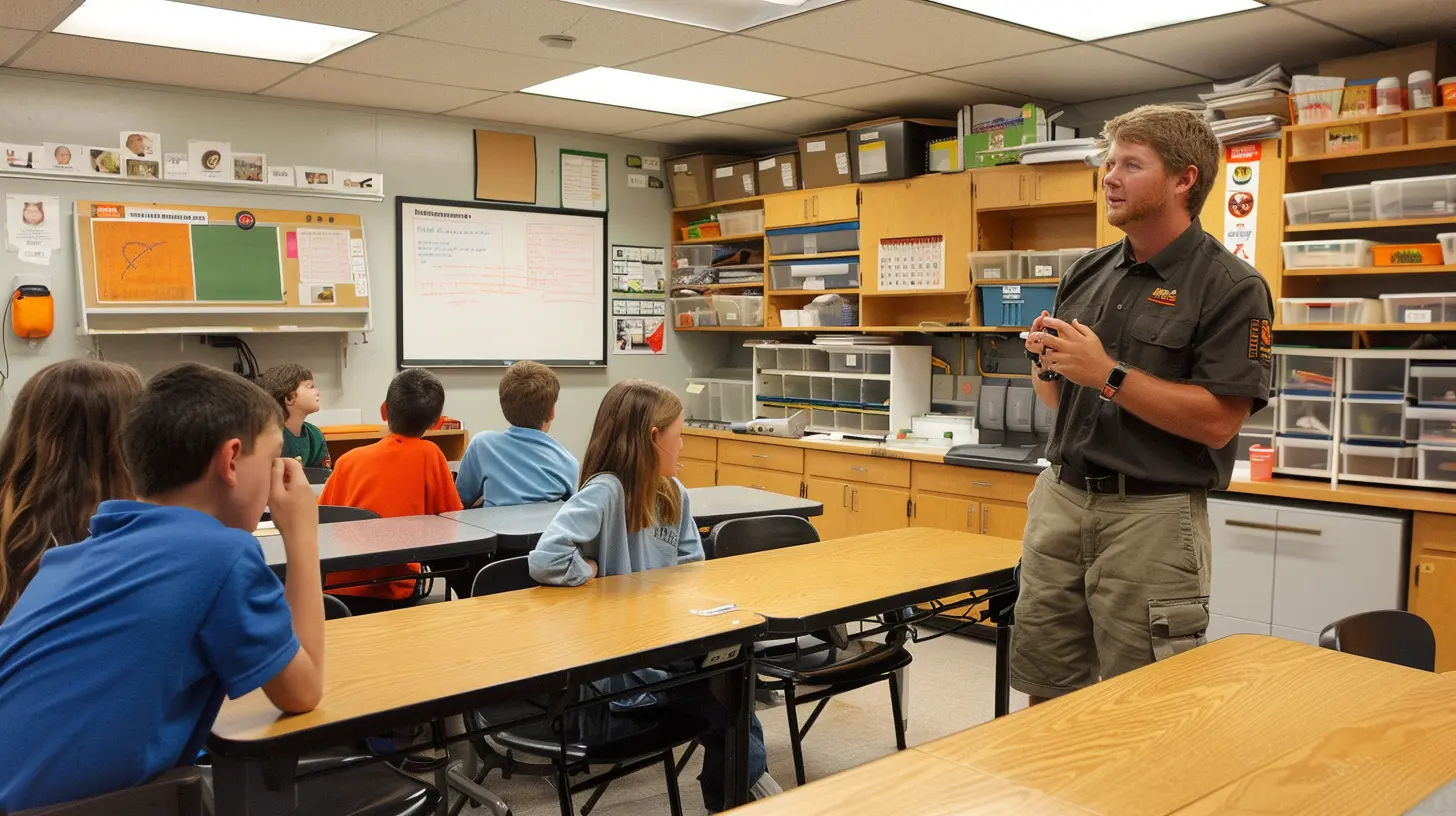
Different Types of Positive Reinforcement Teachers Can Use
Let’s look at the toolbox. Positive reinforcement isn’t one-size-fits-all. You’ve got options, and the magic lies in mixing them up depending on your class and what makes your students tick.1. 💬 Verbal Praise
Simple and effective.- “Great job staying focused during reading time.”
- “I love the way you helped your classmate!”
- “Thanks for raising your hand before speaking.”
Be specific. Vague praise like “good job” is okay, but targeted praise helps students know exactly what behavior they're being recognized for.
2. 🏅 Tangible Rewards
These are physical items given as an incentive.- Stickers (yes, even high schoolers love cool ones!)
- Extra credit points
- Certificates
- Token economies (trade tokens for a reward)
Just be cautious—overuse can make students dependent on external rewards. Use them to complement, not replace, intrinsic motivation.
3. ⏰ Privileges
This works like gold.- Extra recess or game time
- Choosing the next class activity
- Being the line leader or class helper
- Picking their reading partner
Privileges give students a sense of responsibility and pride.
4. 👏 Non-verbal Cues
Sometimes, it’s all in the look or gesture:- Thumbs up
- A smile
- High-five
- A nod of approval
Especially useful in the middle of a lesson to quietly reinforce good behavior without interrupting the flow.
Real-Life Examples: Positive Reinforcement in Action
Let’s get real for a second. How does this actually play out?Scenario 1: The Talkative Student
Let’s say you have a student who loves to talk—at the worst possible times. Instead of calling them out every time, you start to notice moments when they actually raise their hand or stay quiet during instructions.Each time this happens, you give immediate praise: “Thanks for waiting your turn, Alex. That shows awesome respect.”
Over time? Alex starts remembering that raising his hand earns him praise, while shouting out doesn’t.
Scenario 2: The Unmotivated Learner
You’ve got a student who rarely completes homework. Instead of punishing the zeroes, you try a new approach: “Hey, I saw you turned in your assignment today—that’s a huge step forward. Keep it up!”You could even introduce a points system where three on-time assignments = lunch with the teacher (a surprisingly effective reward).
Watch how quickly that student begins to see their own potential.
How to Make Positive Reinforcement Work in YOUR Classroom
The key is consistency and intention.Here are some practical tips to embed positive reinforcement into your daily teaching:
1. Set Clear Expectations
Reinforcement only works when students know what’s expected of them. So be crystal clear: “When we’re working in groups, I expect quiet voices and teamwork.”2. Catch 'Em Being Good
Don’t wait for big achievements. Notice the small stuff. “I love how you’re organizing your desk.” Boom—instant motivation.3. Be Genuine
Kids can smell fake praise from a mile away. If you don’t mean it, don’t say it. Make sure your praise is heartfelt and earned.4. Mix It Up
Students get bored easily. Rotate your reinforcement methods: Monday = sticker day, Tuesday = shout-out board, Friday = reward raffle.5. Include the Whole Class
Create a class-wide reward system. For example: if the class earns 10 stars by Friday, they get a movie afternoon. Collective reinforcement builds teamwork and accountability.The Long-Term Impact of Positive Reinforcement
Don’t underestimate the ripple effect. When used correctly, positive reinforcement:- Improves academic performance
- Enhances emotional intelligence
- Boosts self-esteem
- Promotes a love for learning
- Builds stronger student-teacher relationships
Students start seeing school as a place where they’re not punished into behaving, but inspired to bring out their best.
Also, let’s be honest—it makes your life as a teacher a whole lot easier.
Challenges and Pitfalls to Watch Out For
Positive reinforcement is seriously powerful, but it’s not bulletproof.Here are a few things to watch out for:
🚫 Over-reliance on Extrinsic Rewards
Want your students to do the right thing because it’s the right thing—not just because there’s a prize? Then gradually scale back the tangible rewards and lean more on verbal and intrinsic motivators.⚖️ Inconsistency
If you’re praising one student for following directions but ignoring another doing the same, it can breed resentment. Be fair. Be consistent.🕵️♂️ Overlooking Quiet Achievers
It’s easy to overlook students who are always well-behaved. Make sure they don’t fall through the cracks. Sometimes, they need reinforcement the most.Final Thoughts: Why Positive Reinforcement is a Game Changer
At the end of the day, teaching is more than passing on knowledge. It’s about shaping human beings—how they think, how they act, and how they see themselves.Positive reinforcement isn’t just a trick; it’s a mindset. It’s about believing every student has potential and using encouragement to unlock it. When you focus more on what students do right than what they do wrong, you create a culture of positivity, resilience, and growth.
And guess what? That kind of classroom? It doesn’t just run smoothly—it thrives.
all images in this post were generated using AI tools
Category:
Classroom ManagementAuthor:

Bethany Hudson
Discussion
rate this article
1 comments
Gavin Dorsey
Just like giving a cat a treat for not knocking over the plant, positive reinforcement in the classroom can transform chaos into creativity! Who knew behavior management could feel like a fun game?
August 21, 2025 at 7:42 AM

Bethany Hudson
Absolutely! Positive reinforcement turns challenges into opportunities for growth, making learning both effective and enjoyable.

